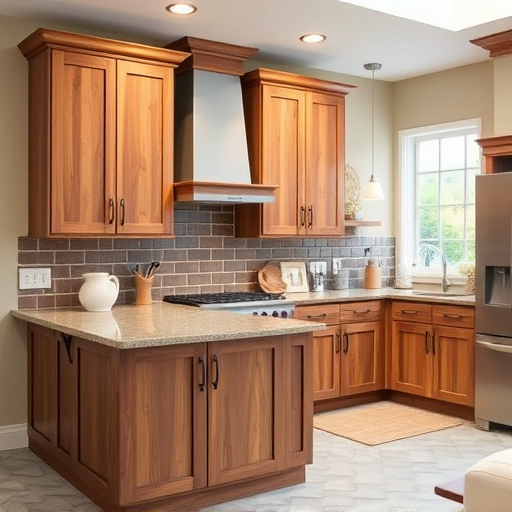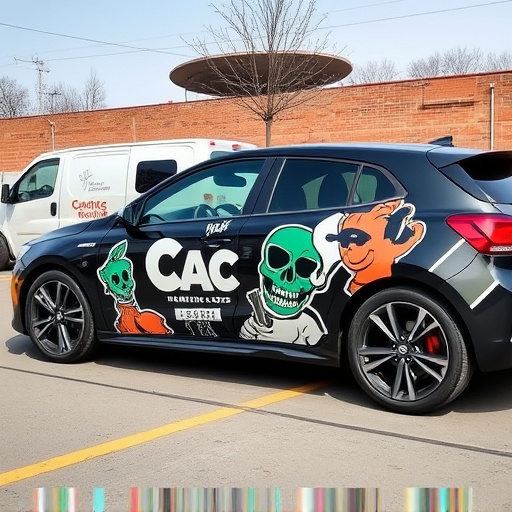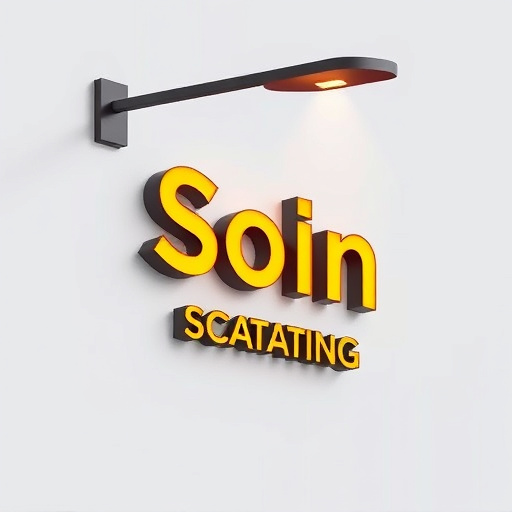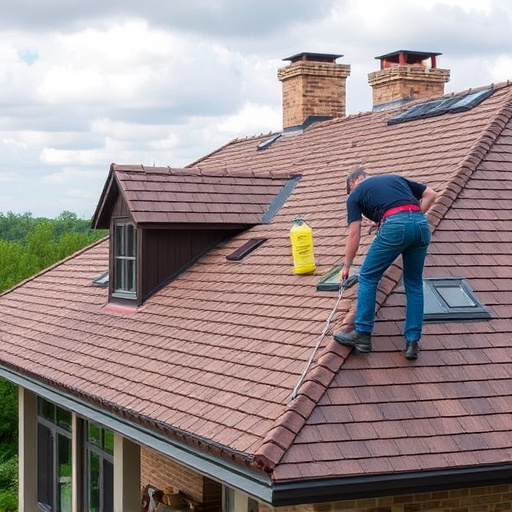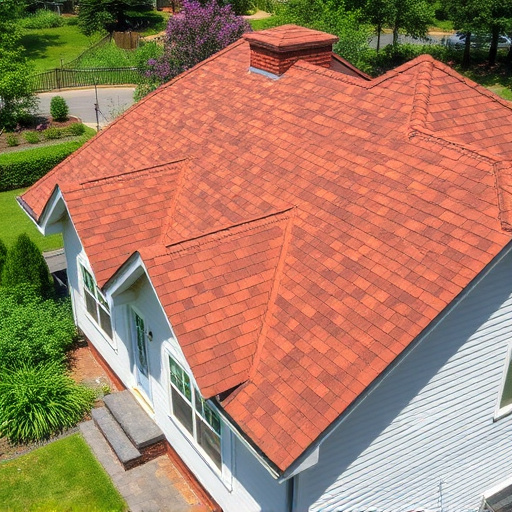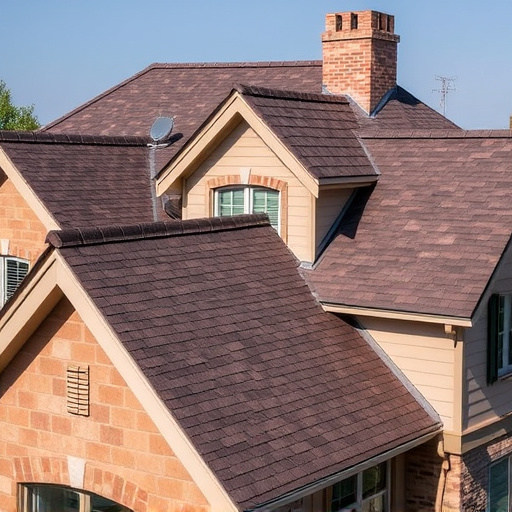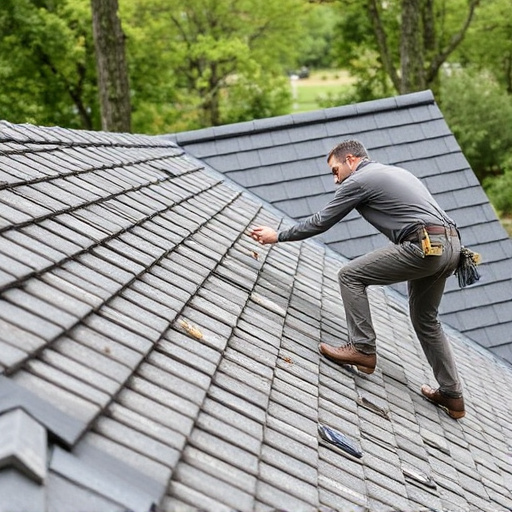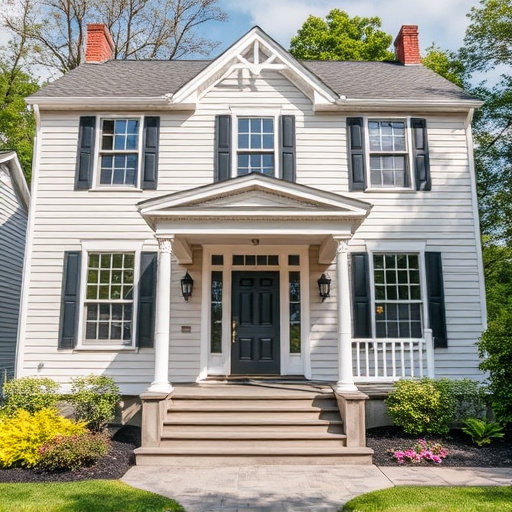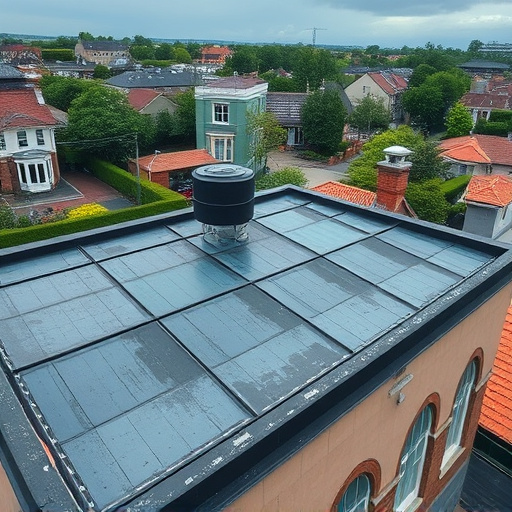Fiber siding, made from recycled cellulose and fire-retardant chemicals, offers superior durability, rot resistance, and storm damage protection compared to vinyl siding. It excels in harsh climates due to its natural weather resistance, providing better protection against high winds and heavy rainfall. Fiber siding's complex structure and insulation properties lead to energy cost savings. Although vinyl is low maintenance and cost-effective, fiber siding's long-term durability and reduced maintenance needs make it a more reliable choice for residential roofing projects.
In 2025, homeowners are spoilt for choice when it comes to exterior cladding. Among the contenders, fiber siding and vinyl stand out. This article delves into the intricacies of these materials, examining their material composition, durability, weather resistance, installation processes, maintenance requirements, and cost-effectiveness. By the end, you’ll have a clear understanding of which option—fiber siding or vinyl—is the superior choice for your home renovation project.
- Material Composition: Fiber Siding vs Vinyl
- Durability and Weather Resistance Comparison
- Installation, Maintenance, and Cost Analysis
Material Composition: Fiber Siding vs Vinyl
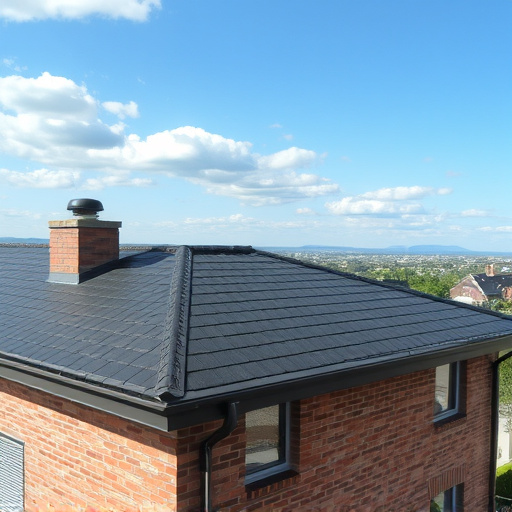
When it comes to material composition, fiber siding stands apart from vinyl siding. Fiber siding is made from cellulose fibers, which are derived from recycled paper and treated with fire-retardant chemicals. This makes it highly durable, resistant to rot, and less susceptible to storm damage compared to vinyl. On the other hand, vinyl siding is crafted from polyvinyl chloride (PVC), a synthetic material known for its low maintenance and longevity. While vinyl offers excellent insulation against temperature fluctuations, fiber siding has an edge in terms of natural resistance to extreme weather conditions, making it a preferred choice for areas prone to harsh climates and storm damage repair.
In the context of roof repair and roof consulting, both fiber siding and vinyl have their merits. Fiber siding’s flexibility allows it to mimic the look of traditional wood shakes, providing an aesthetically pleasing option for homeowners seeking a more natural appearance. Vinyl siding, with its wide range of colors and styles, offers a cost-effective alternative that requires minimal upkeep. However, when considering long-term sustainability and performance, especially in regions experiencing frequent extreme weather events, fiber siding emerges as the superior choice.
Durability and Weather Resistance Comparison
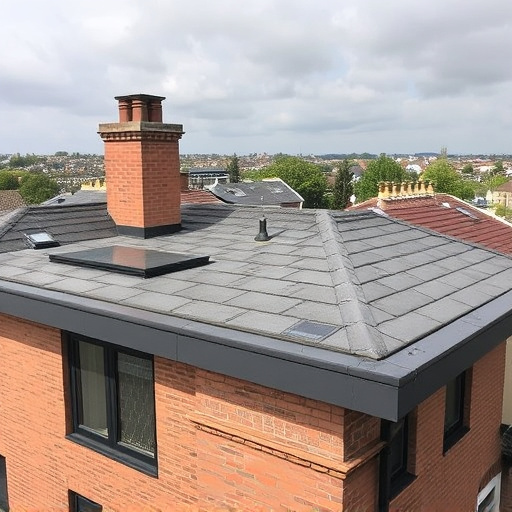
When comparing fiber siding to vinyl for your residential siding installation, durability and weather resistance top the list of considerations. Fiber siding, known for its versatility and aesthetic appeal, offers superior durability compared to vinyl. This natural material can withstand extreme weather conditions, including high winds and heavy rainfall, without showing significant signs of wear and tear. Its complex structure provides excellent insulation, reducing energy costs and maintaining a comfortable indoor environment.
In contrast, while vinyl siding is a popular choice due to its low maintenance and cost-effectiveness, it may not match fiber siding’s resilience. Vinyl can be more susceptible to cracking and warping over time, especially in regions with fluctuating temperatures and high humidity levels. A roof consulting expert might advise that, for areas prone to harsh weather conditions, fiber siding is a more reliable option, ensuring your home remains protected for years to come.
Installation, Maintenance, and Cost Analysis
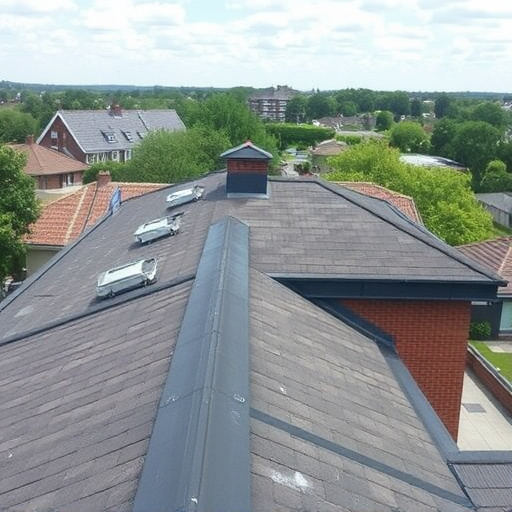
When comparing fiber siding to vinyl for your residential roofing project, consider the aspects of installation and maintenance. Fiber siding is known for its complex installation process, requiring skilled professionals who can handle the intricate detailing involved in securing each piece seamlessly. This meticulous approach ensures superior protection against the elements but comes at a higher cost compared to vinyl. On the other hand, vinyl siding installations are relatively straightforward, making it an attractive option for DIY enthusiasts or those on a tight budget.
In terms of maintenance, fiber siding requires minimal upkeep. Its durable nature means it can withstand harsh weather conditions without fading or cracking. A simple annual cleaning is often sufficient to maintain its aesthetic appeal. In contrast, vinyl siding may need occasional repairs, especially in areas prone to extreme temperatures and high winds. While replacing individual panels is relatively easy and cost-effective, major siding repairs or replacements could be more expensive than fiber siding maintenance. When analyzing the long-term costs, fiber siding’s initial investment might be offset by its reduced need for frequent professional siding services or residential roofing repairs.
By thoroughly examining the material composition, durability, installation processes, maintenance requirements, and cost implications, it’s clear that fiber siding emerges as the superior choice in 2025. Its natural insulation properties, enhanced weather resistance, and low-maintenance nature make it a smart investment for homeowners seeking long-term protection and aesthetics. While vinyl siding has its merits, the evolving preferences for eco-friendly materials and higher durability standards favor fiber siding as the top pick for modern home exterior solutions.

